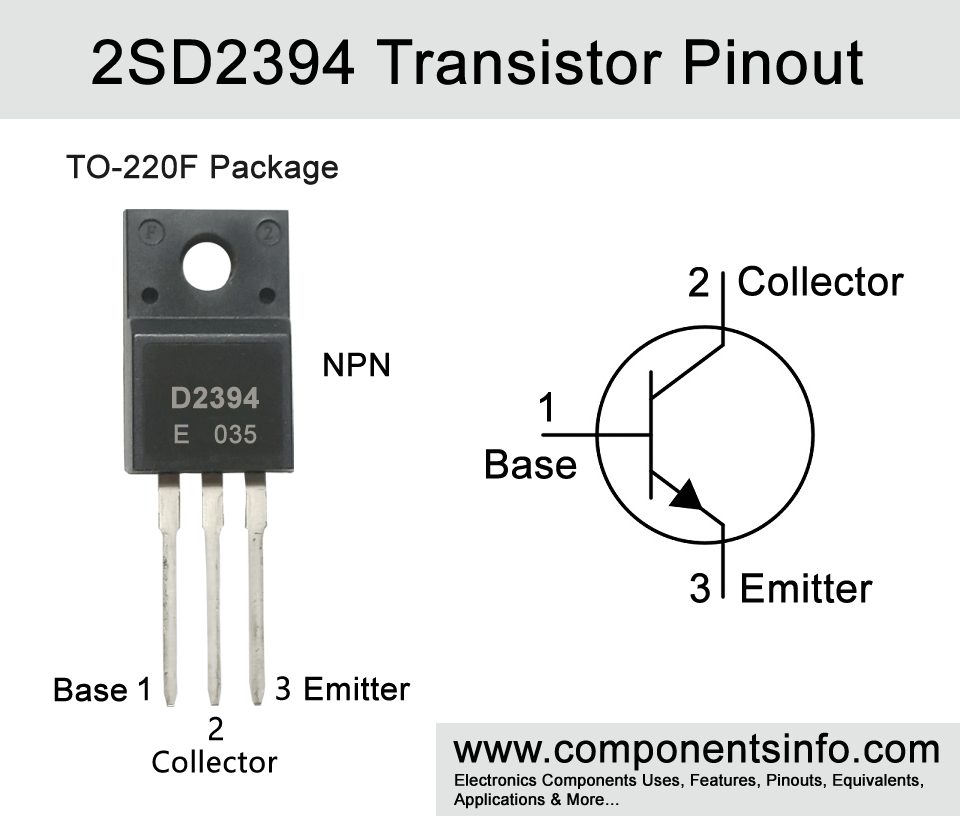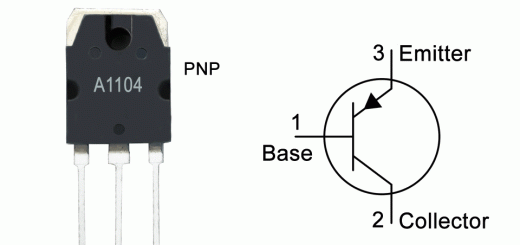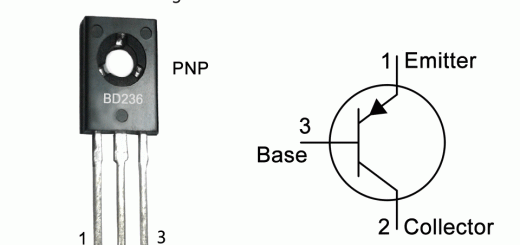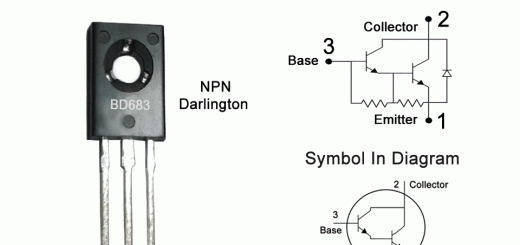2SD2394 Transistor Pinout, Equivalent, Applications, Features and More
D2394 or 2SD2394 is an NPN transistor designed to use in audio amplification and wide variety of applications, so if you are looking for a good transistor for audio amplification you must take a look at this transistor. In this post, we are exploring the 2SD2394 transistor pinout, equivalent, applications, features, and other important information of this transistor.
Features / Technical Specifications:
- Package Type: TO-220F
- Transistor Type: NPN
- Max Collector Current(IC): 3A
- Max Collector-Emitter Voltage (VCE): 60V
- Max Collector-Base Voltage (VCB): 80V
- Max Emitter-Base Voltage (VBE): 7V
- Max Collector Dissipation (Pc): 25W
- Max Transition Frequency (fT): 8 MHz
- Minimum & Maximum DC Current Gain (hFE): 100 to 320
- Max Storage, Operating & Junction temperature range: -55 to +150 Centigrade
Replacement and Equivalent:
2SC4494, 2SC2438, 2SC2491, 2SC4353, 2SD1157, 2SC2867, 2SC4055, 2SD1113, 2SC2963, 2SD1115, 2SD1122, 2SC4496
D2394 Transistors Explained / Description:
2SD2394 is a TO-220F packaged NPN transistor. It is mainly designed for audio amplification and driver applications. The transistor has many features such as low collector saturation, Wide SOA, etc. Looking at the absolute maximum ratings of the transistor the max collector to base voltage is 80V, maximum collector to emitter voltage is 60V, maximum collector current is 3A, maximum peak current in pulses is 6A, max collector is 3A and max junction and operating temperature is from -55°C to +150 °C. The absolute maximum ratings are the max limitations of the transistor after which transistor cannot survive or get damaged. Therefore it is essential not to use a transistor to its absolute maximum ratings and always use it 20% below from its absolute maximum ratings. This ensures the maximum life span of a component it is essential to always use them 20% below from its absolute maximum ratings. The transistor also comes in two different hFE or classifications that can be detected by the alphabet written below the transistor number. If that alphabet is “E” then the gain will be 100 to 200 and if that alphabet is “F” then its gain will be 160 to 320.
Where We Can Use it & How to Use:
As mentioned above this transistor is designed to use in low frequency applications and driver circuits. Low frequency applications means audio amplifiers applications that ranges from 20Hz to 20KHz which is human hearing frequency range. Another purpose this transistor is designed for are driver circuits. The driver circuits are a type of control circuits that are used to control something in a circuit such as relays, transistors, switches etc.
Applications:
Audio amplifiers:
It can be used in high power audio amplifier to amplify the audio to upper level.
Switching:
IT can be used in variety of switching circuits and capable to drive load of up to 3A.
Motor Control:
Another application of this transistor is DC motor controlling, and can be used to control a DC motor of up to 3A.
Voltage regulator:
Voltage regulator are circuits or applications which maintains the output voltage stable regardless the input voltage goes up or down.
Variety of General Applications:
D2394 is not only limited to the uses we have discussed and it can be used in wide variety of general applications.
Safe Operating Guidelines
For safe operation of the transistor it is important to follow the below guidelines. As we have already mentioned before always use it 20% below from its absolute maximum ratings.
- Therefore the maximum collector to emitter voltage is 60V so do not drive load of more than 48V.
- The max collector current of the transistor is 3A so do not drive load of more then 2.4A.
- And always store or operate it at temperatures above -55°C and below +150 °C.
Datasheet:
To Download the datasheet just copy and paste the below link in your browser.
https://z3d9b7u8.stackpathcdn.com/pdf-down/D/2/3/D2394_Rohm.pdf



